Piercing, as a form of body modification, is becoming ever more popular these days. Many cultures, especially African, have been using piercing as a form of initiation, rite of passage and it can have many different social meanings. Nipple piercing is maybe not so visible, except in the summer, but more and more people, both men and women, go for this type of piercing.
Just like any other piercing, nipple piercing is not dangerous but it can lead to the serious complications if not done right or if not treated properly.

How is it Done?
Nipple piercing is said to be the most painful type of piercing. It is done at piercing salon, preferably by an experienced piercer. The first thing he or she does is to mark the point of entry and of the exit on the elevated part if the nipple with a marker. The piercing can be horizontal, vertical or diagonal. When the two points are marked, the piercer cleans the nipple with an antiseptic and clamps the nipple tightly. The piercing is done with a sharp needle that has a sharp plastic tube attached to it, which introduces the jewelry right after the needle goes in. The piercer usually tells the person to take three deep breaths and he runs the needle through on the third exhale.
What are the Possible Complications?
Every piercing carries a certain amount of risk. The chance of complications depends on the place where the piercing is done, on how professional the piercer is, if the equipment, jewelry and the salon itself are clean and sanitary, if the person who is having a piercing done has an allergy or sensitivity, and so on.
The complications of nipple piercing may include infections, allergies, some loss of sensation in the nipple and it may affect breastfeeding.
Infection may occur if the tools and utensils used for piercing are not sterilized properly. Piercers are required to wear disposable gloves so they do not pass an infection through contact. Jewelry needs to be sterilized as well. The signs of infection are redness, swelling, itching, discharge and pain.
Nipple piercing carries some risk of nerve damage. When the needle goes through the nipple it may break or damage some of the nerves located there, leading to partial or complete loss of sensation in the nipple.
Scar tissue or keloid scars can make the nipple appear larger, thicker and harder. Scars can interfere with breastfeeding by blocking the milk ducts in the breast.
People who have sensitive skin or allergies must be careful when getting a nipple piercing because both the jewelry and the tools used for piercing can cause an allergic reaction, particularly because the nipple skin is more sensitive that the surrounding skin.
Hematoma and abscess are considered to be more serious complications. Hematoma is a blood-filled cyst, much like a bruise, while an abscess contains puss. In case these complications occur, it is necessary to consult a doctor who will probably prescribe a course of antibiotics.
- Potential complications of nipple piercings are: abscess formation, bacterial endocarditis (in patients with moderate- to high-risk cardiac conditions), breastfeeding impairment, infection.
- Approximate healing time for nipple piercing is 2 to 4 months.
- Recent reports of bacterial endocarditis after nipple and navel piercings in patients with surgically corrected congenital heart disease should prompt physicians to consider antibiotic prophylaxis in patients with moderate- or high-risk cardiac conditions.
- With any piercing, there is the danger of infection, including hepatitis B or C virus and tetanus. Body piercing as a possible vector for human immunodeficiency virus transmission has been suggested. Nonsterile piercing techniques and poor hygiene contribute significantly to the increased risk of infection. Although earrings may be sterilized before use, most piercing “guns” are not sterilized between procedures. Ear piercing systems using disposable sterile cassettes are available.


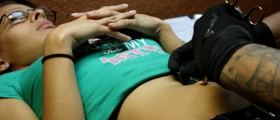
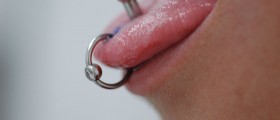
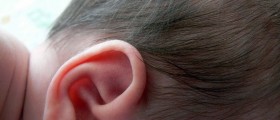
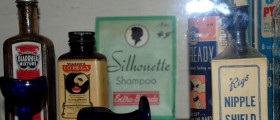
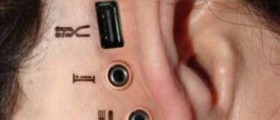




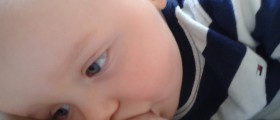
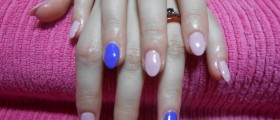
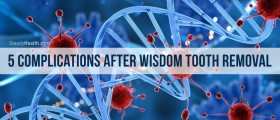
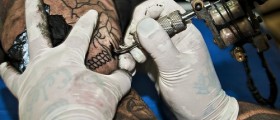


Your thoughts on this
Loading...